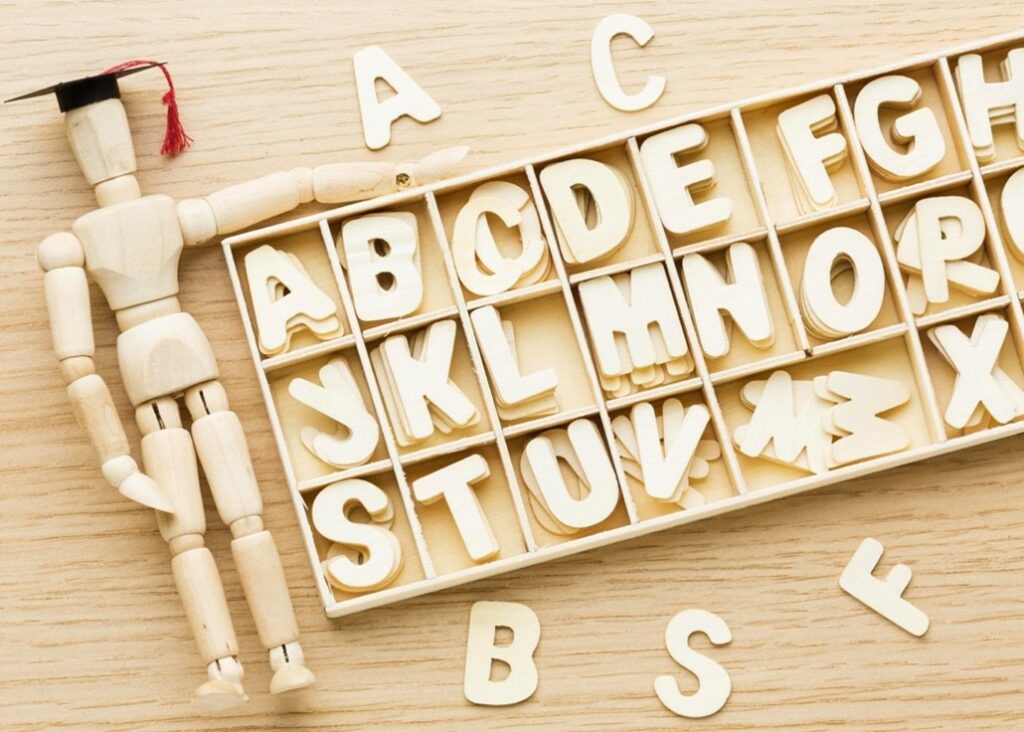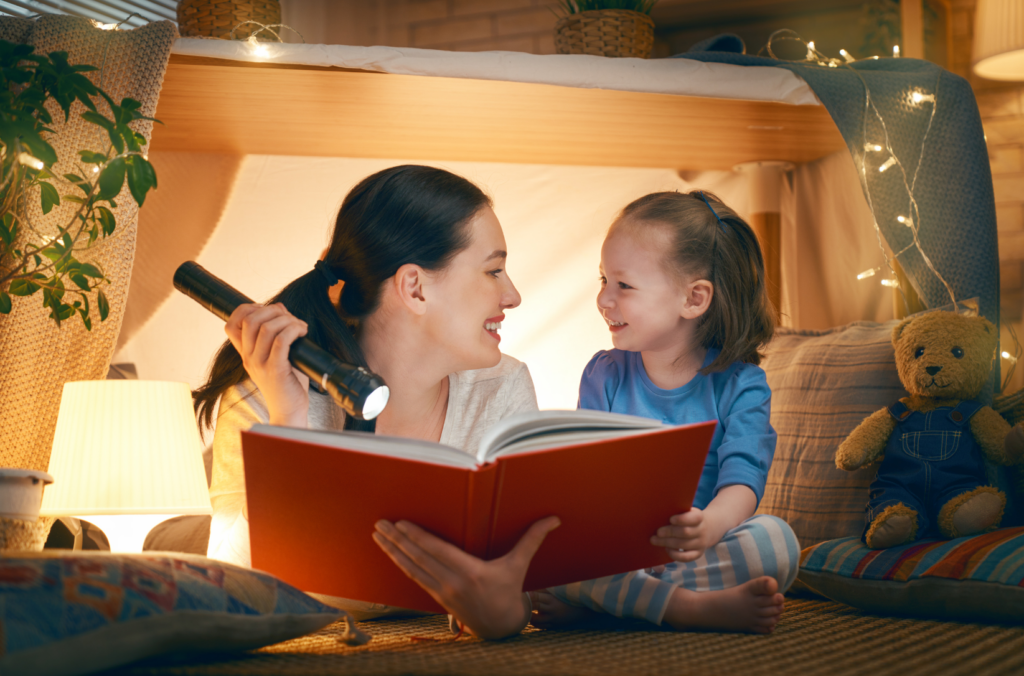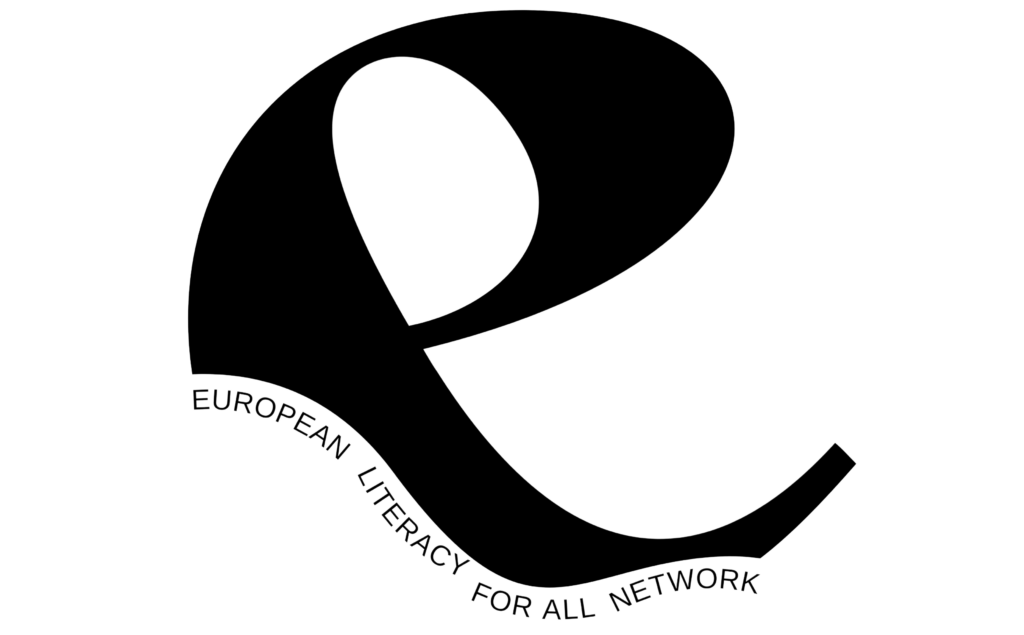Reinventing literacy: the impact of participatory stories in education
Literacy is the process of learning to read and write, essential for navigating the modern world. For children, it is crucial as it enables them to develop their ability to communicate, express their ideas, and understand those of others. Literacy is also the cornerstone of formal education; it allows children to access knowledge in all academic subjects, from literature to sciences and mathematics.
Literacy plays a crucial role in children's personal development. It fosters critical and analytical thinking, encourages creativity and personal expression, and helps build self-esteem. By developing their reading and writing skills, children can better understand the world around them, actively participate in their community, and make informed decisions. It is an essential tool for their future success, both academically and professionally.
In summary, literacy is not just an academic skill; it is a vital skill that opens the door to unlimited opportunities and enhances the autonomy and confidence needed to navigate society successfully.

However, despite the recognised importance of these fundamental skills, they pose a major challenge for many students, particularly at the early stages of formal education. The initial encounter with writing—from recognizing letters to constructing sentences and stories—is often perceived as an insurmountable obstacle by many.
The 2018 PISA survey statistics highlight this issue:
- At age 15, nearly 17% (13% of girls and 27% of boys) of students show significant deficiencies in reading, impacting their ability to comprehend the content of their textbooks.
- At age 9, 18% (13% of girls and 24% of boys) of children avoid reading for pleasure outside of the school context.
- Approximately 13 million young Europeans under the age of 15 struggle with reading and writing deficits.
In this context, the STORIAS project aims to revolutionise the traditional approach to teaching literacy through the concept of “Participatory Stories“. This method places young learners at the heart of the creative process, inviting them to take the reins of the narrative. By providing a basic structure and guidelines, it encourages children to build their own stories, customising elements like characters, settings, and plot developments according to their imagination.
This pedagogical model is particularly suited to students who present learning difficulties, as it moves away from conventional methods that prioritise memorisation and repetition. By adapting the complexity of stories to the children’s age, this approach aims to enable them to develop increased autonomy in reading and writing while strengthening their confidence in their literary abilities.

Moreover, the participatory stories offer children the opportunity to see their creations come to life. By recording their stories once completed, children do not just read and write but also practice speaking, thus integrating the three fundamental dimensions of literacy.
To maximise the benefits of this approach, it would be wise to explore integrating participatory stories into a broader educational framework, including interdisciplinary activities. By associating narration with forms of art such as drawing, painting, music, and theatre, it could enrich the narrative experience of children. This multidisciplinary approach would encourage children to express their creativity not only through words but also through various artistic mediums, facilitating a dynamic and engaging learning experience that stimulates all senses. By transforming the teaching of literacy into a multisensory adventure, the STORIAS project lays the foundations for motivated and versatile learners who see education as a continuous source of joy and inspiration.
Bibliography
Free Photo | Top view of wooden figurine with academic cap and letters. (2020, 17 November). Freepik. https://www.freepik.com/free-photo/top-view-wooden-figurine-with-academic-cap-letters_11152988.htm#fromView=search&page=1&position=0&uuid=deb1ef93-d81a-4c32-9732-c6bb73974687
Free Photo | The mosaic puzzle art for kids, children’s creative game. The hands are playing mosaic at table. Colorful multi-colored details close up. Creativity, children’s development and learning concept. (2020, 24 September). Freepik. https://www.freepik.com/free-photo/mosaic-puzzle-art-kids-children-s-creative-game-hands-are-playing-mosaic-table-colorful-multi-colored-details-close-up-creativity-children-s-development-learning-concept_10250942.htm#fromView=search&page=1&position=9&uuid=5b48f837-8b7b-4998-a43c-dff4a3c11a59
OECD. (2019). PISA 2018 Results (Volume I): What Students Know and Can Do. OECD. https://doi.org/10.1787/5f07c754-en
